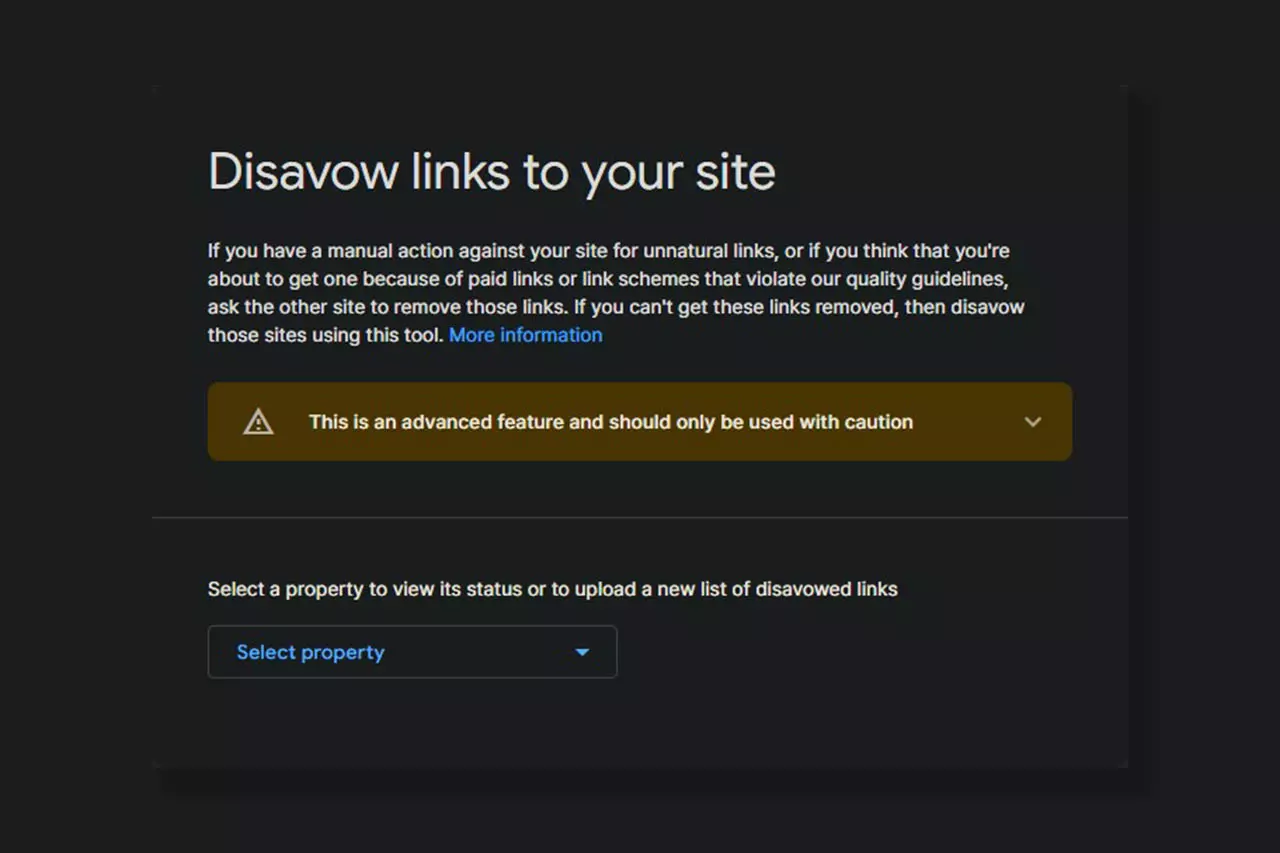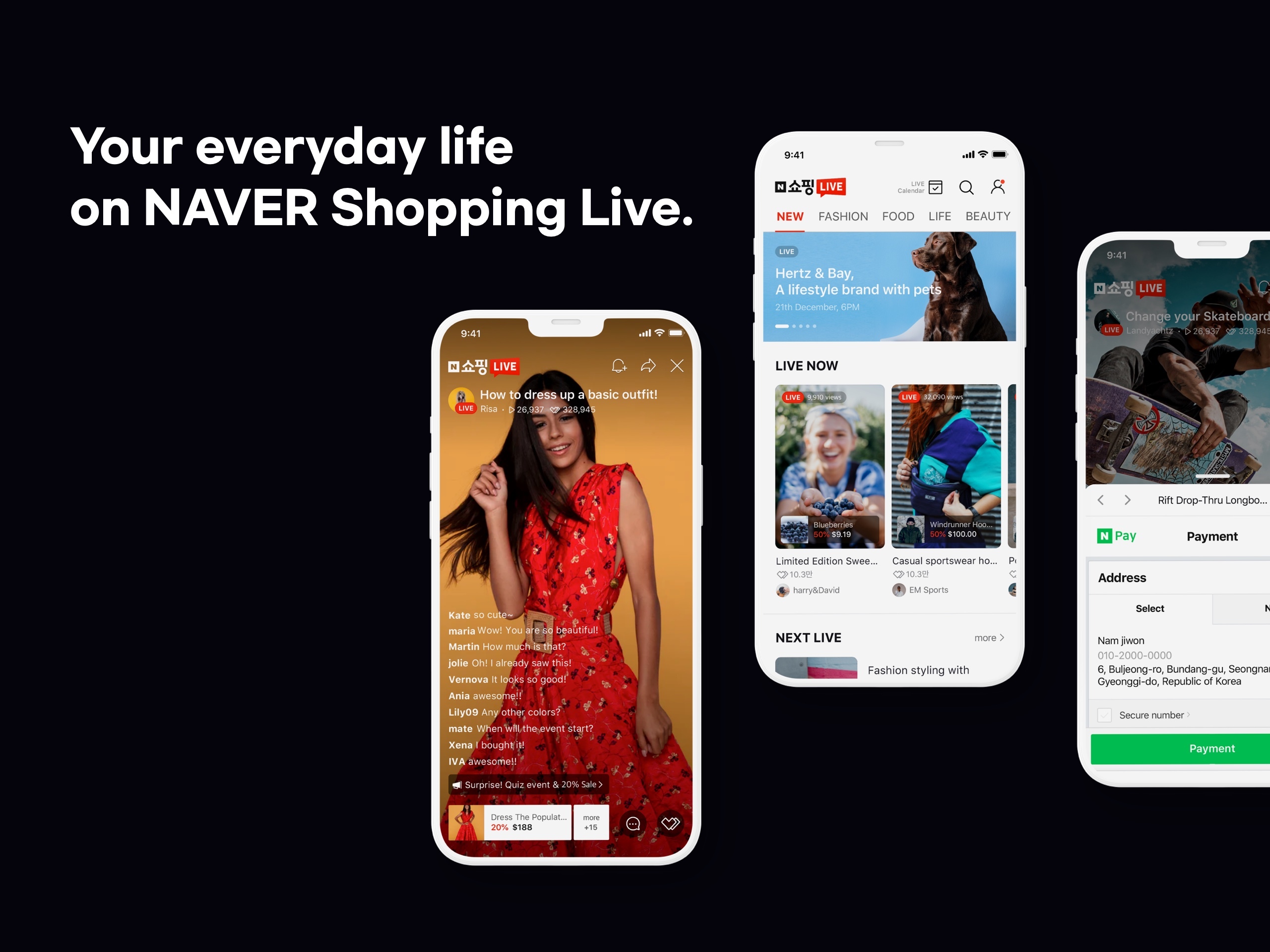A follow link refers to the standard type of hyperlink on the web. Since March 2022, Google has included the “No follow” attribute in its page ranking criteria.
Therefore, to achieve higher visibility in search results, it is important to understand the benefits and usage of no follow links.
To understand these links, one must first know how search engines work and the definition of follow links.
In this article, we will summarize the essential conditions for creating an SEO-friendly website and explain the difference between do follow and no follow links.
What are Follow Links, or Do Follow Links?
When search engines detect inbound links to a page, they view it as a sign of trustworthiness and assign a good SEO score.
The more links a website has, the more it is considered SEO-friendly.
Google created a metric called PageRank to calculate link points. Pages that receive many links on a specific topic gain priority in search results.
Experts refer to this as ‘link juice.’
Link juice builds connections between sites through hyperlinks. When a site receives a link from a reputable source, its link juice becomes stronger.
Therefore, a follow link is one that connects from another website to yours.
Search engines use follow links to gauge your website’s credibility. These links are converted into link juice and significantly impact your site’s ranking in search results.
What is a No Follow Link?

The difference between do follow and no follow links is whether they affect the search ranking of the linked page. Do follow links contribute to link juice, impacting SEO. However, no follow links do not.
Definition and Background of No Follow Links
No follow links are those that do not contribute to link juice points and therefore do not affect Google’s search ranking. You can identify these links through HTML tags:
<a href="http://www.website.com/" rel="nofollow">Link Text</a>This tag tells search engines not to count the link. While follow links have a positive effect on SEO, no follow links serve a different purpose.

You might have noticed suspicious links in places where anyone can comment publicly.
In the past, when link juice directly affected page ranking, acquiring links through artificial means was a common trick.
With the rise of spammy comments, comment sections on websites no longer served as effective communication platforms. Consequently, Google introduced the no follow link concept in 2005.
Where are No Follow Links Used?
No follow links play a crucial role in blocking SEO-related spammy comments.
Due to their influence, backlinks created from irrelevant comments have disappeared, allowing search engines to provide fairer results.
Should all comment spaces use no follow attributes to block spam? Generally, no follow is applied to the following areas:
- Paid Links: Hyperlinks purchased with money for a website.
Not assigning a no follow attribute to paid links violates search engine policies.
If your website has paid links, Google may not recognize them and could penalize the seller.
- Comment Sections: Applying no follow tags to comment spaces clearly communicates to search engines and users that the linked websites are not endorsed.
This prevents certain sites from leveraging your website’s authority for backlinks.
- Forums: Links within forum discussions might be spammy or irrelevant.
It’s essential to block such links in advance to avoid affecting search engine algorithms.
High-quality websites linking to each other’s content can be valuable partners. However, if a site with a poor reputation or suspicious content links to your website, it can negatively impact your ranking.
The Role of Follow Links in SEO
No follow links also have their importance.
While they don’t influence link juice, they still offer value. Even with a no follow link, if someone visits your site, it generates referral traffic.
Regardless of follow attributes, if your website’s link appears in places that interest users, it can drive substantial traffic. This traffic can enhance brand awareness and lead to conversions.

Search engines now consider numerous factors beyond link juice and page rank to determine SEO scores.
Even if a link is no follow, if it gains popularity on social media platforms like Twitter or Facebook, it can still be valuable.
Backlinks are crucial for SEO optimization because they help search engines evaluate a website’s authority and value.
When other websites link to your content, search engines view it as a recommendation or endorsement.
Content that is frequently mentioned and linked by quality sites is more likely to rank higher in search results. Backlinks thus help increase your website’s ranking and improve its visibility.
SEO Has No Shortcuts
Effective digital marketing requires SEO optimization. Alongside creating quality content, strategic link building enhances website visibility and attracts more traffic.
However, SEO goes beyond improving search rankings. It helps you understand website visitors better and provide the information they seek.
This strengthens customer communication and boosts brand value. Over time, SEO investment becomes a powerful driver of website growth.
Starting with SEO might be challenging, as it differs significantly from paid media, which provides immediate ranking changes with financial investment.
If you’re struggling with SEO, consider consulting with Growth Marketing Agency. With expert assistance, you can develop a strategic SEO plan and achieve your desired results through ongoing effort.


